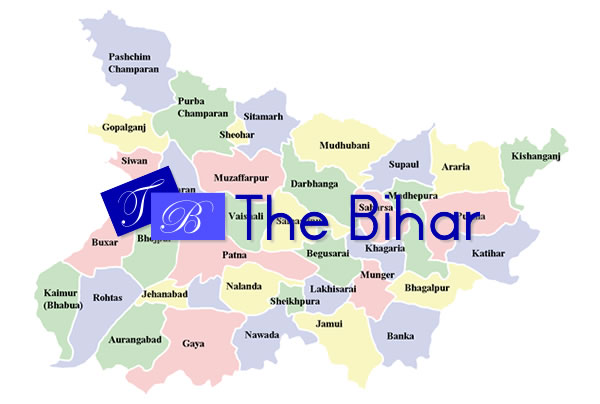Relics of India’s Golden Age discovered in Bihar
2 min readConcrete floors and walls that likely belong to a temple of the ancient Gupta Period – known as the Golden Age of India – have been discovered in north Bihar’s Vaishali district.
State archaeology officials confirmed that ongoing excavations at Chechar village had unearthed the relics, apparently dating back to the 5th Century AD. The Gupta age lasted roughly from the 4th to the 6th Century AD.
“At no other site have the remains of the Gupta age settlements been discovered hardly six feet below the ground,” said archaeologist Arun Kumar.
“A whole concrete floor has been discovered and there is evidence of piling below it. The wall over it must have been above the ground, which no longer exists. It must have been part of a huge temple.”
For the past few weeks, archaeologists have been digging two trenches at Chechar village – a well-known Neolithic site with evidence of unbroken historical and cultural sequences down to the present day.
Situated nearly 50km from state capital Patna, the site has divulged red and black pottery phases, Mauryan artefacts and even evidence of the pre-Mughal period. The site has also yielded evidence of its connections with the Buddha.
Though the Archaeological Survey of India (ASI) had conducted excavations here in 1977-78, not much progress was made later.
Bihar chief minister Nitish Kumar, who visited the site a few months ago, had directed state archaeology officials to begin excavations all over again.
Archaeologist Arun Kumar said that much before the formal excavations had begun, locals had discovered sculptures, coins, clay and metal pots, jewels and figurines of the ancient age in superficial diggings.
Courtesy: Hindustan Times


